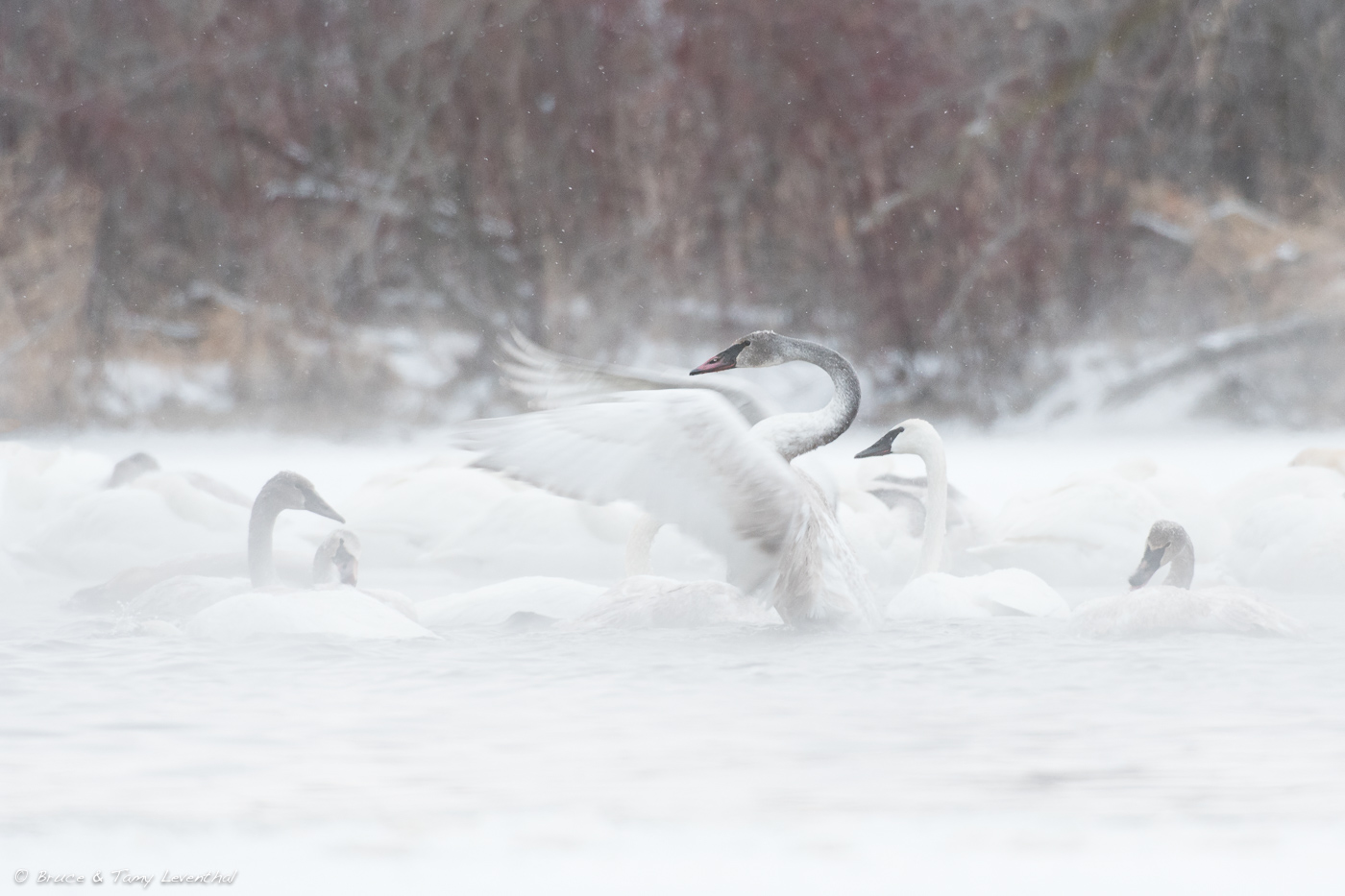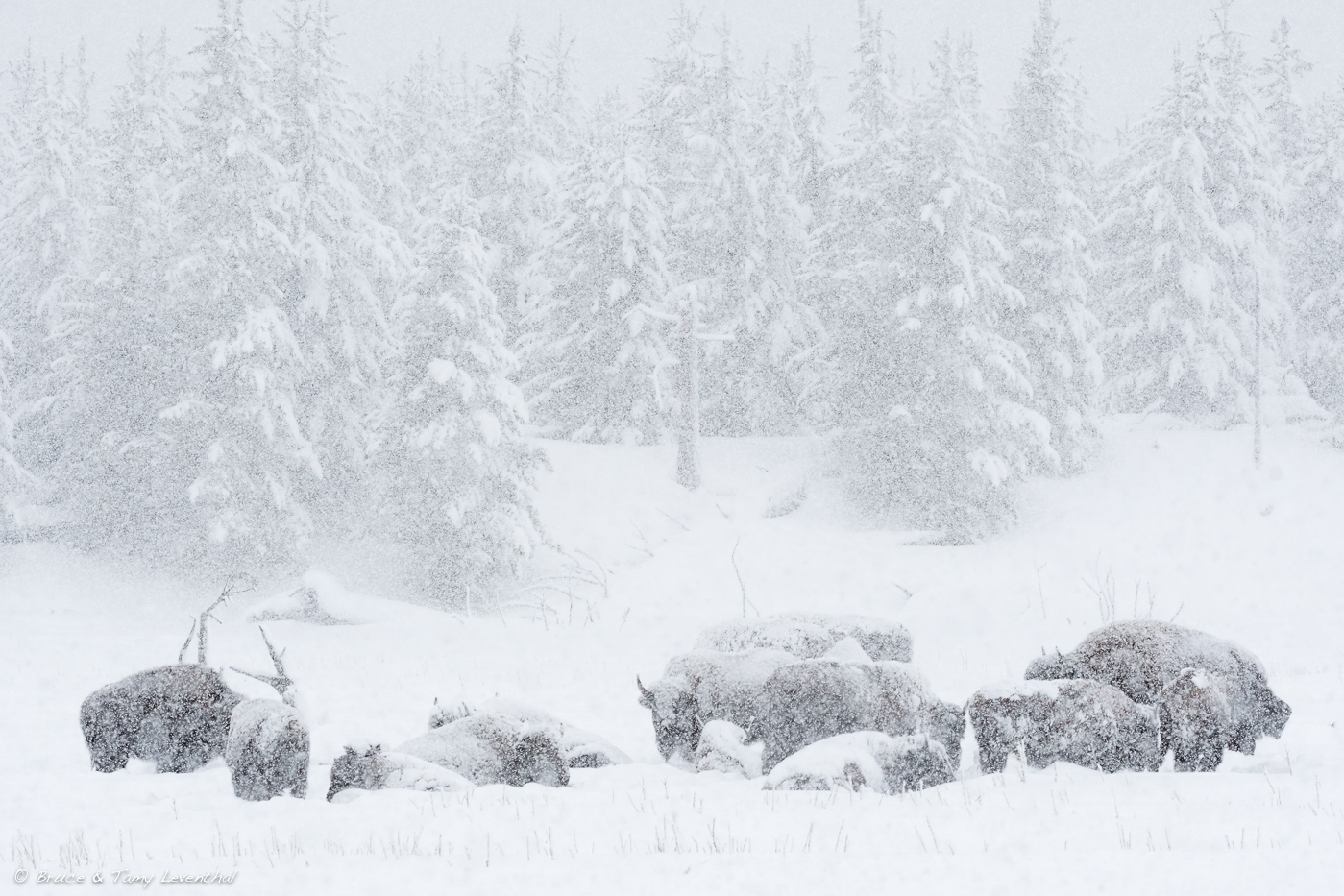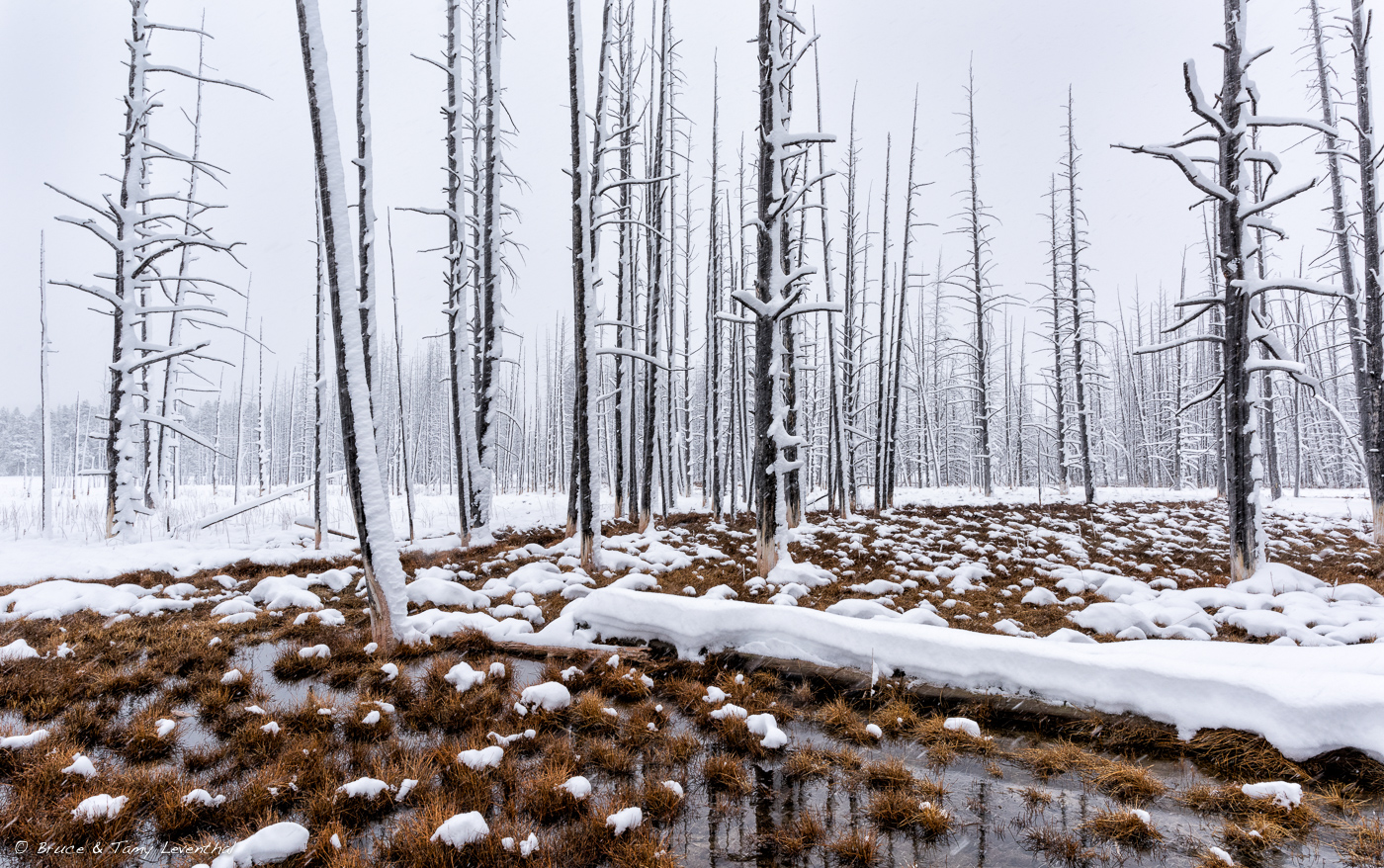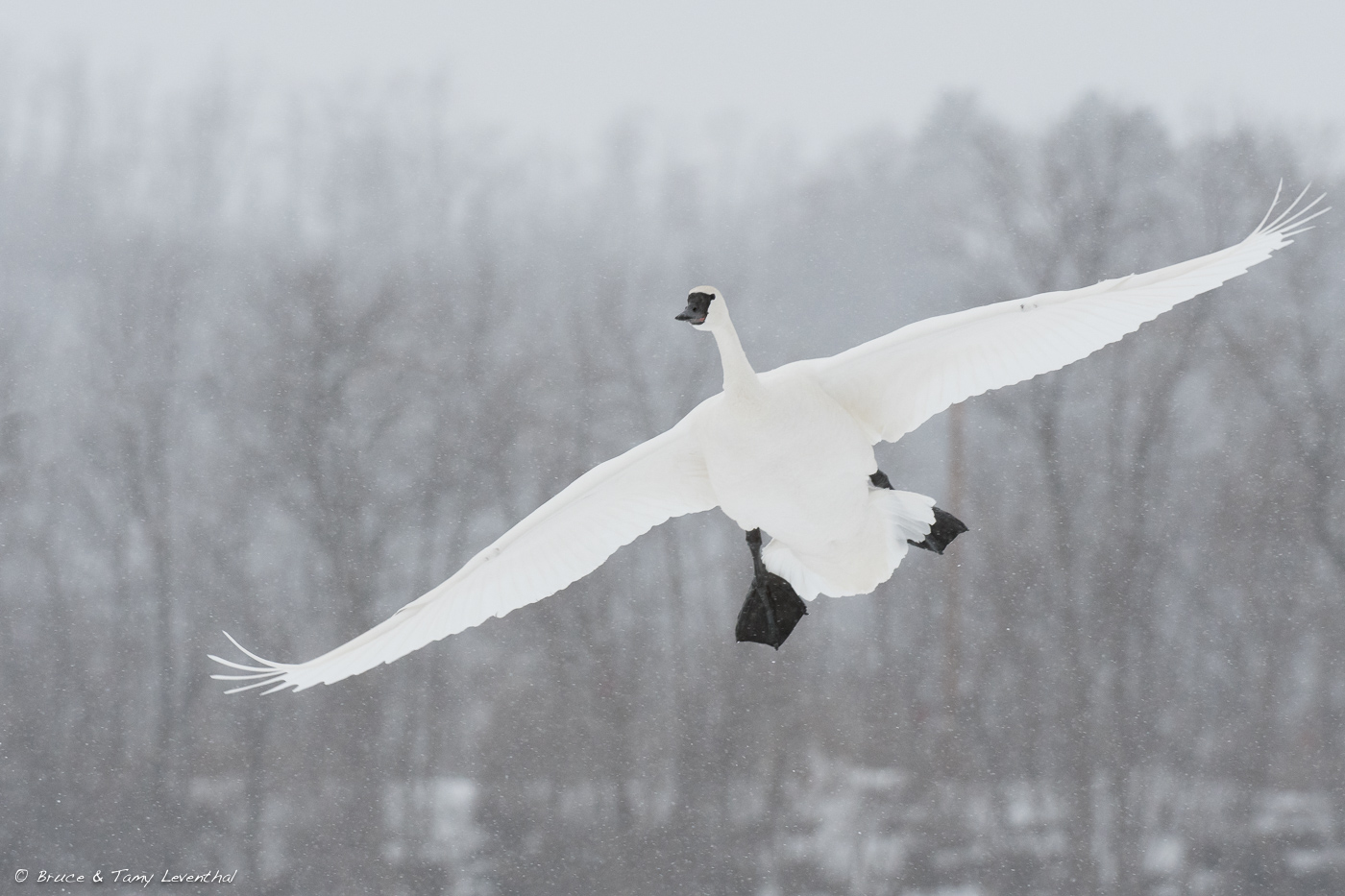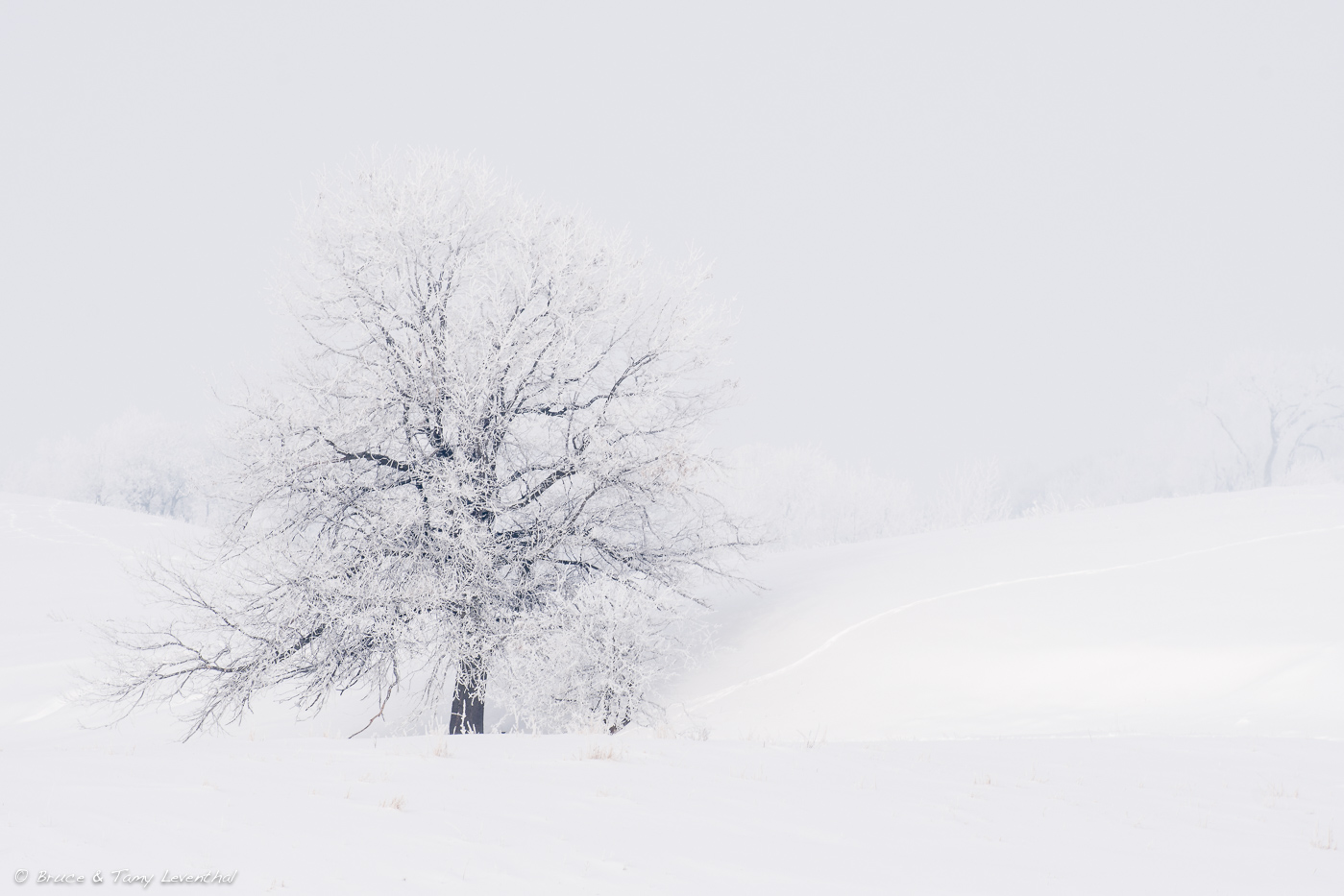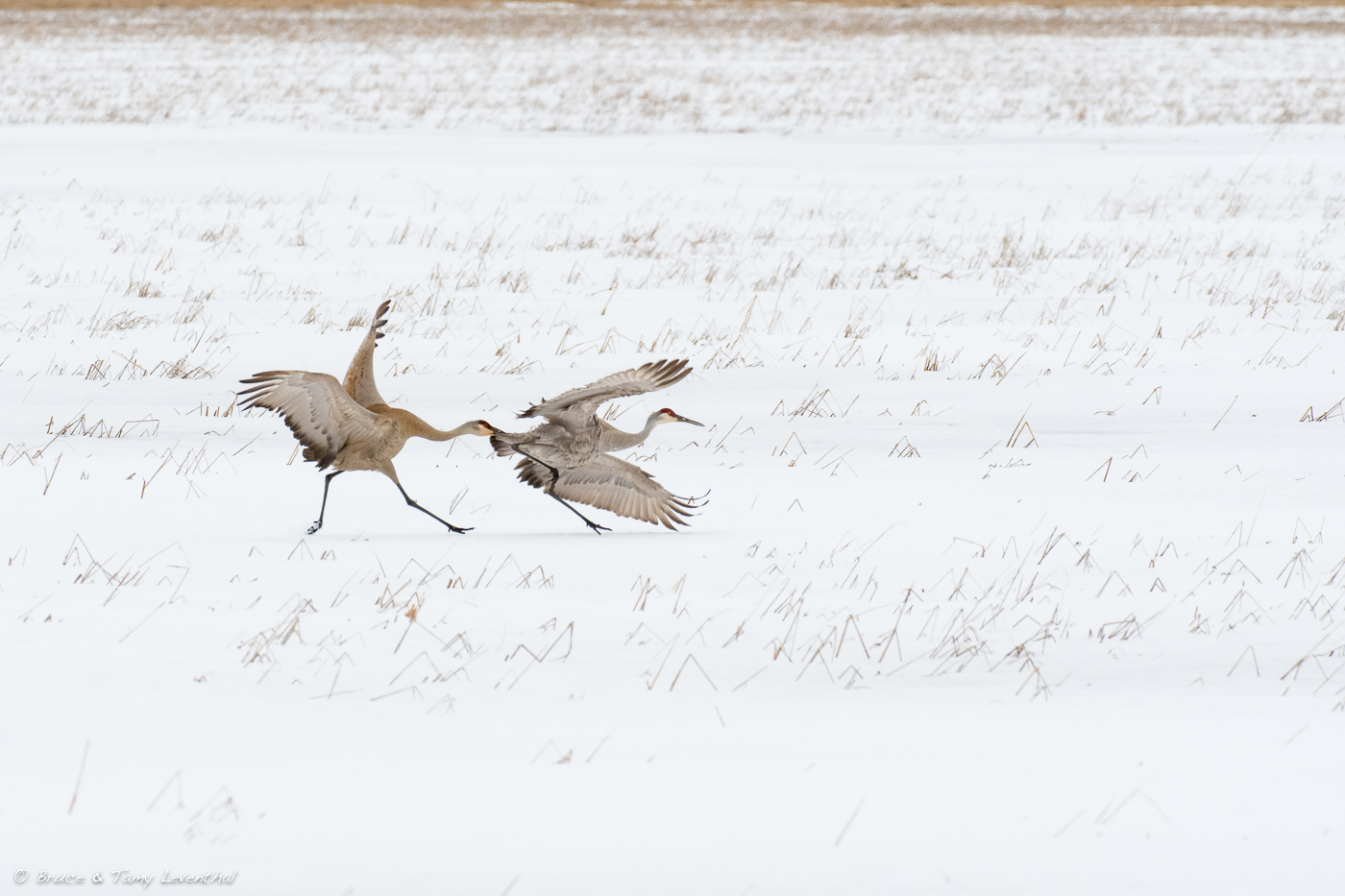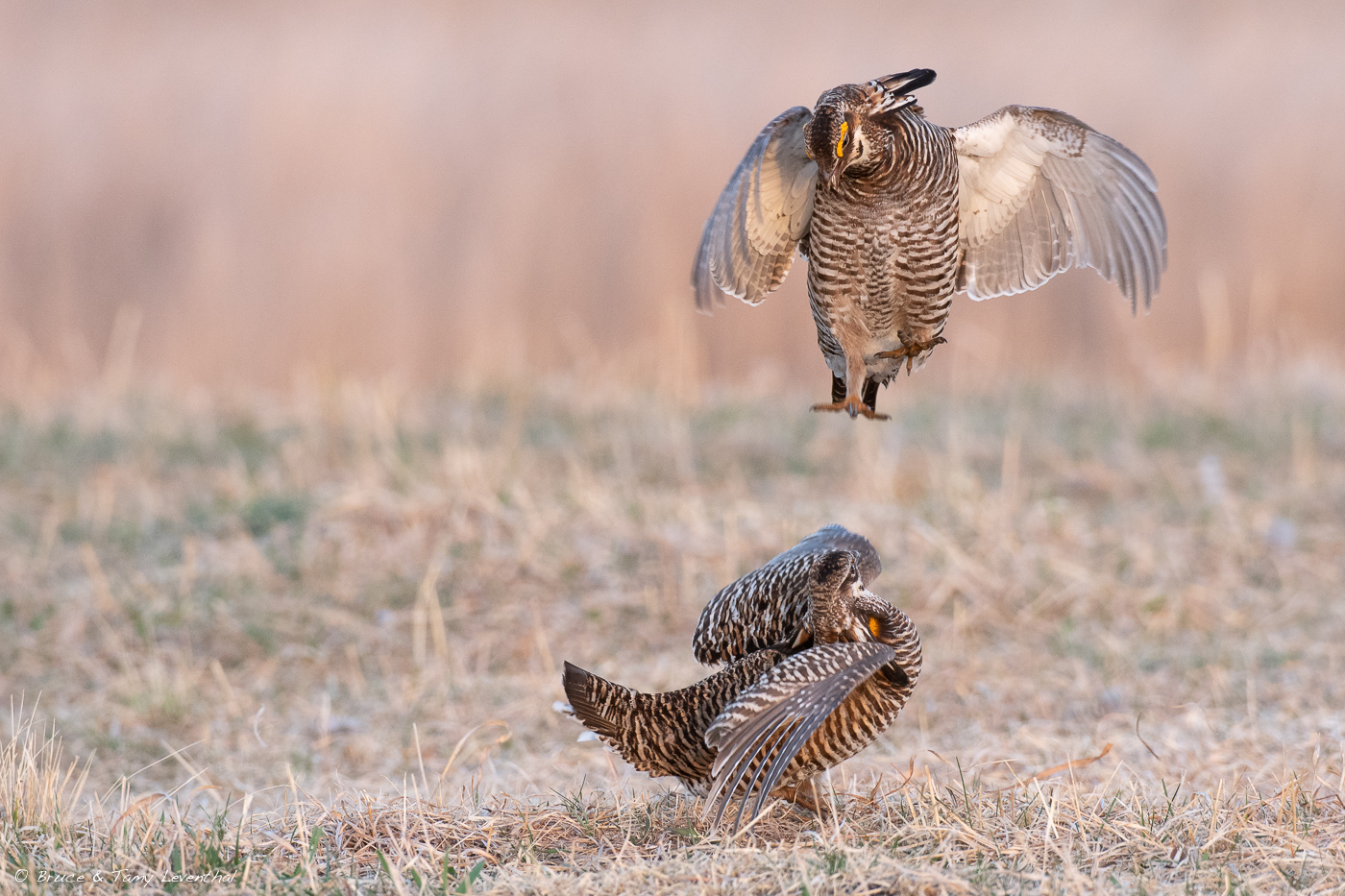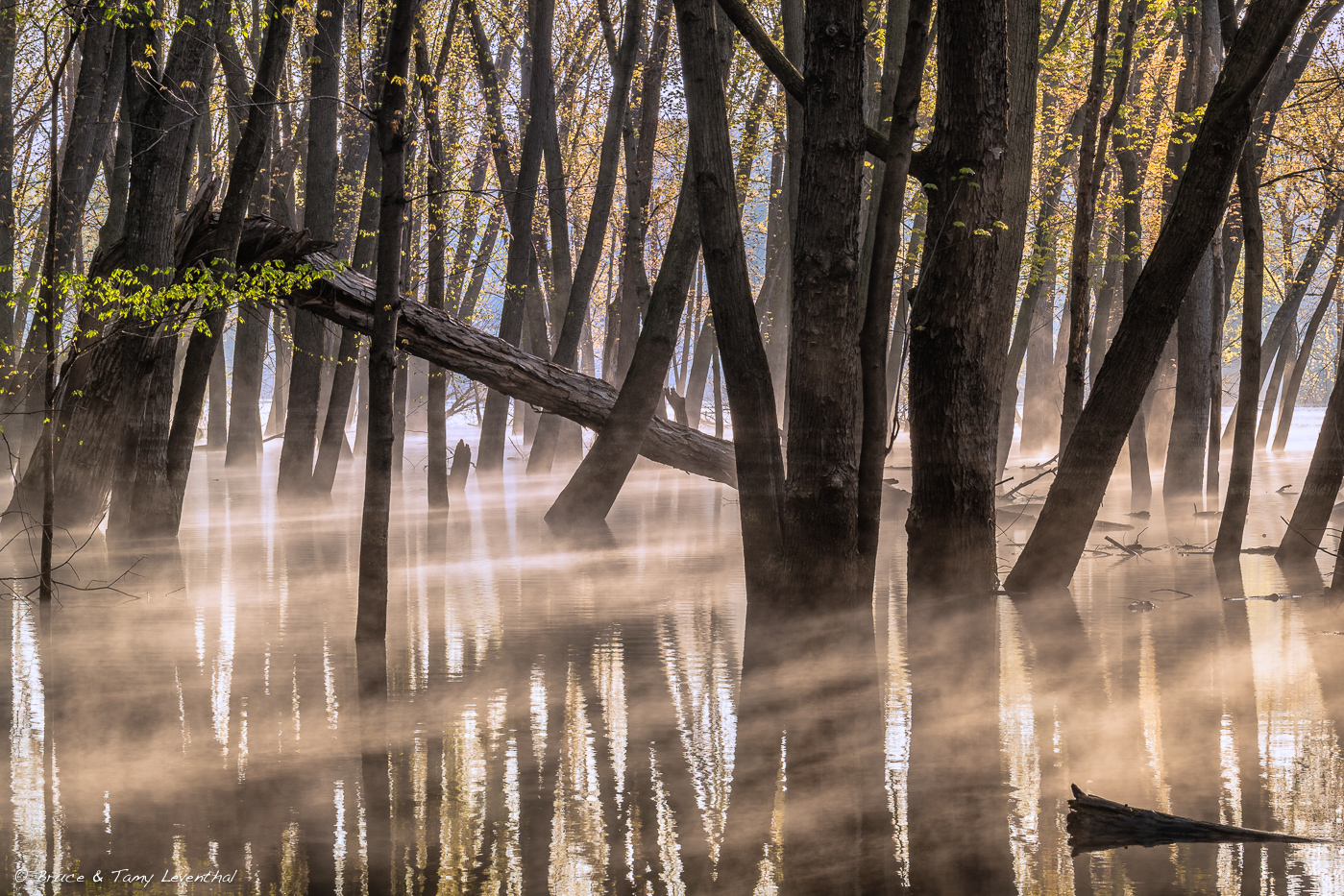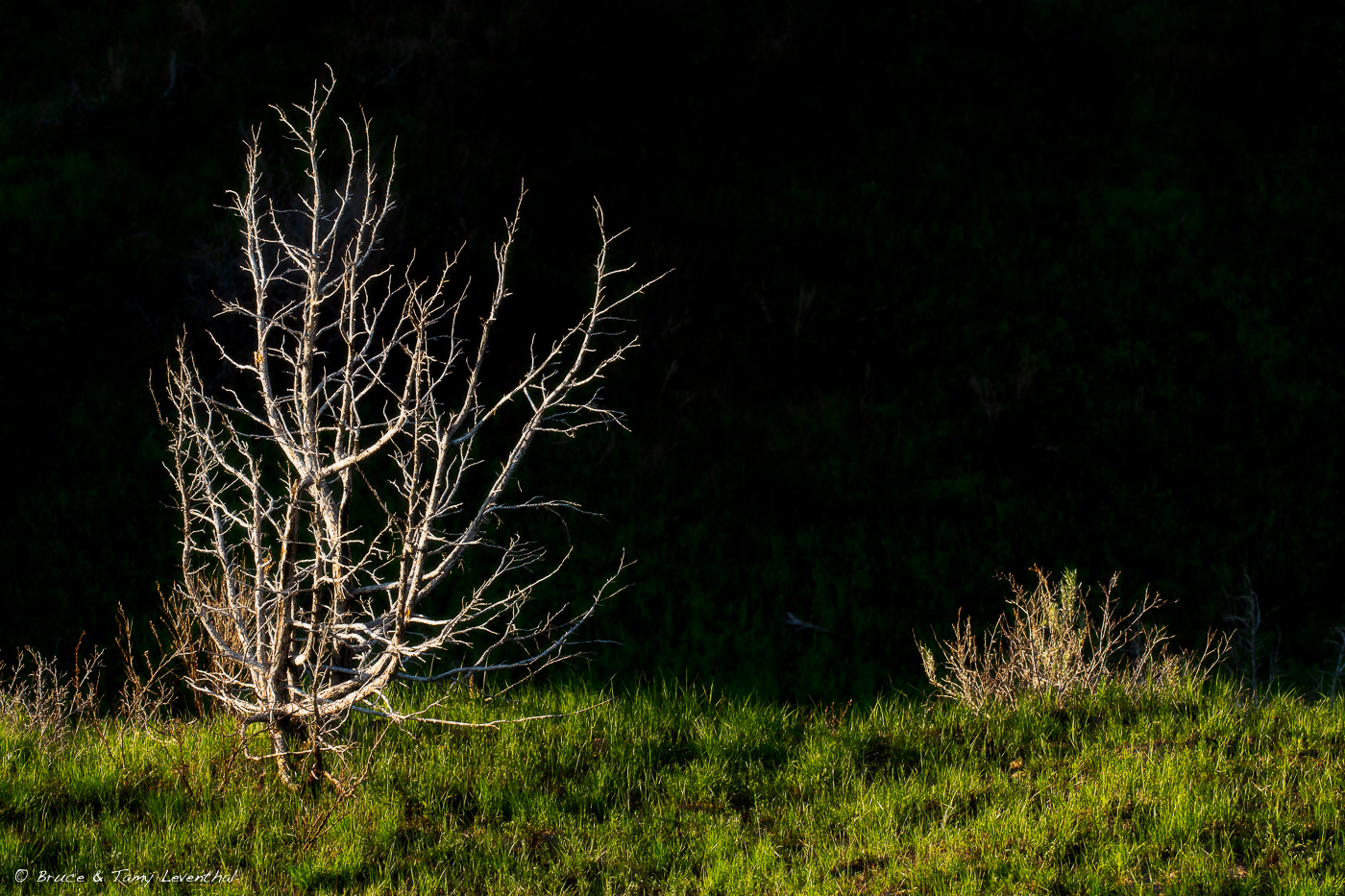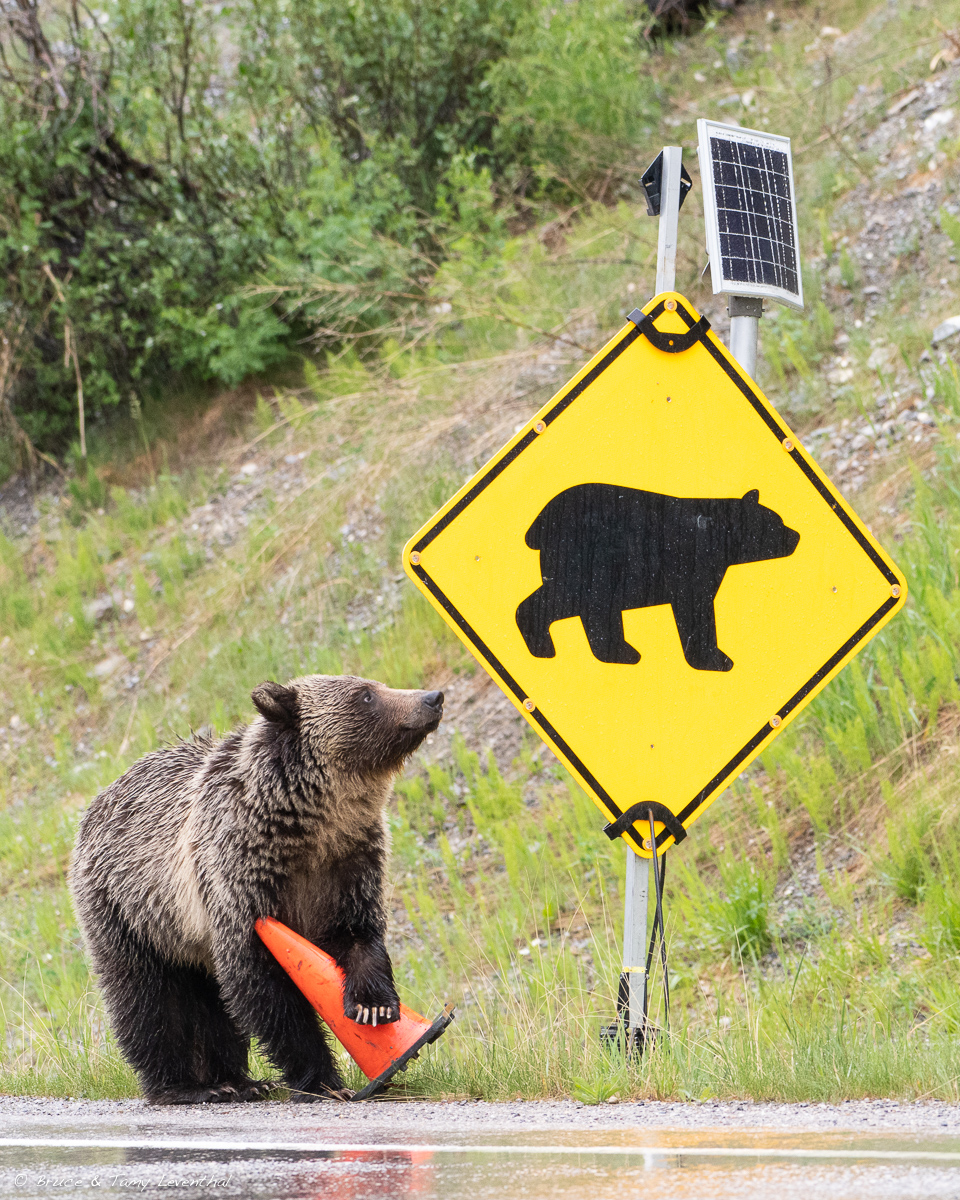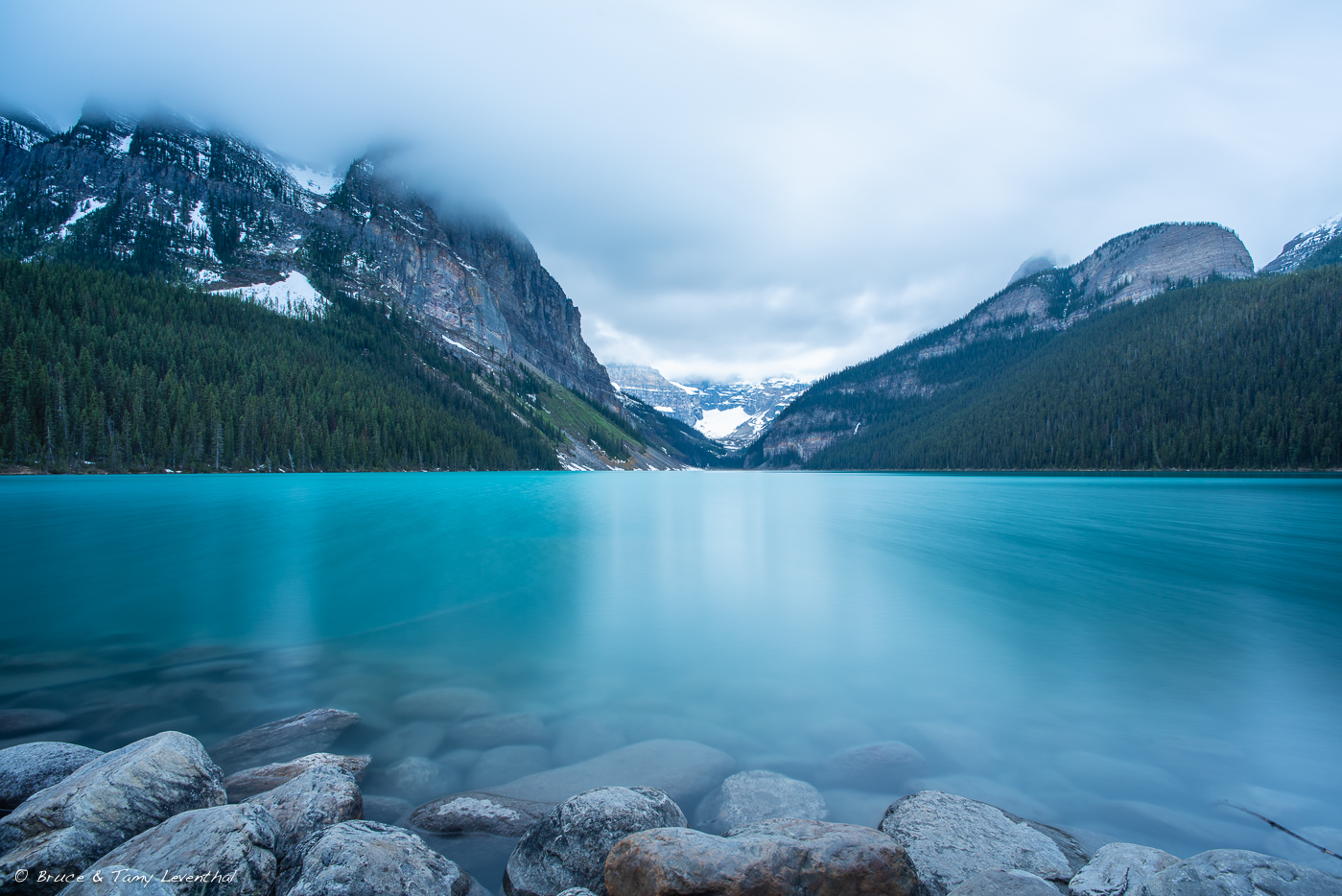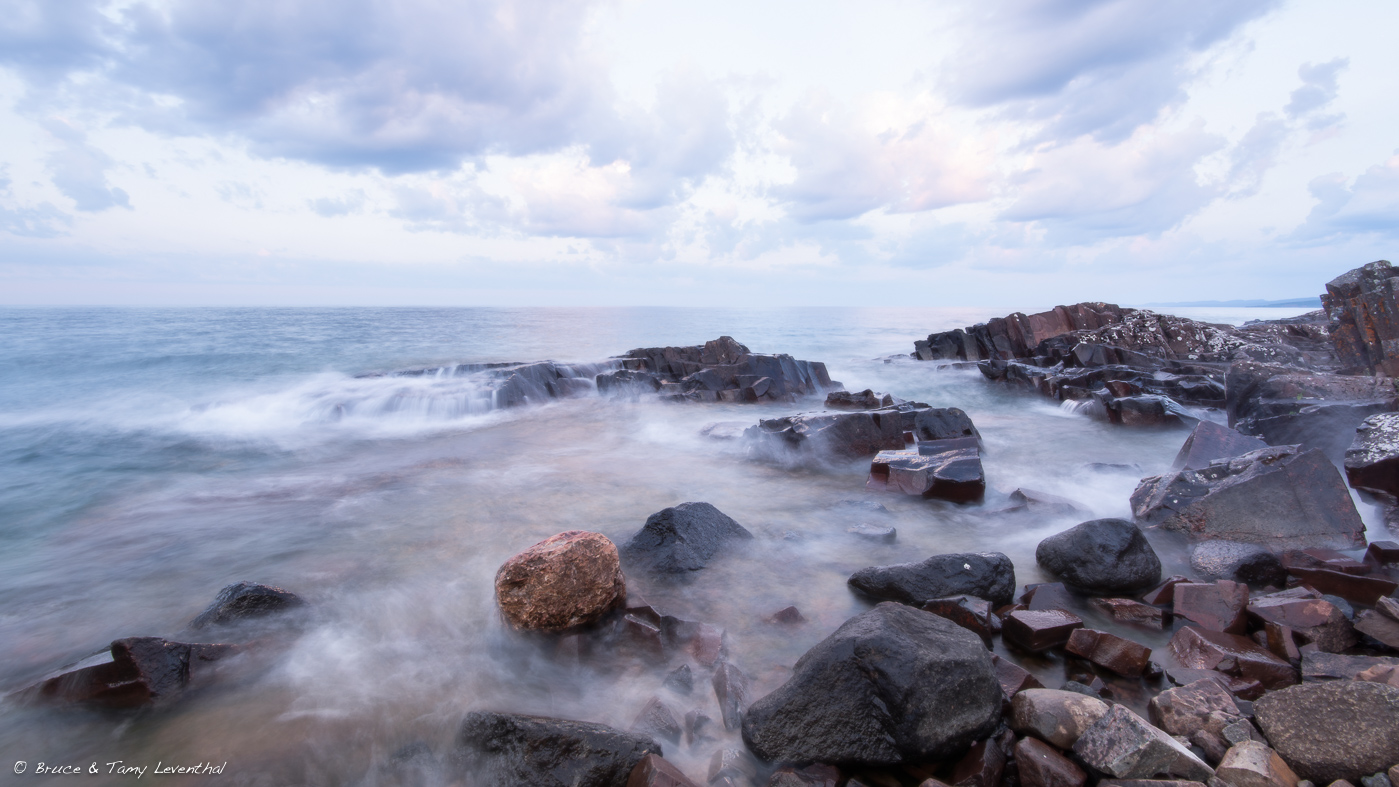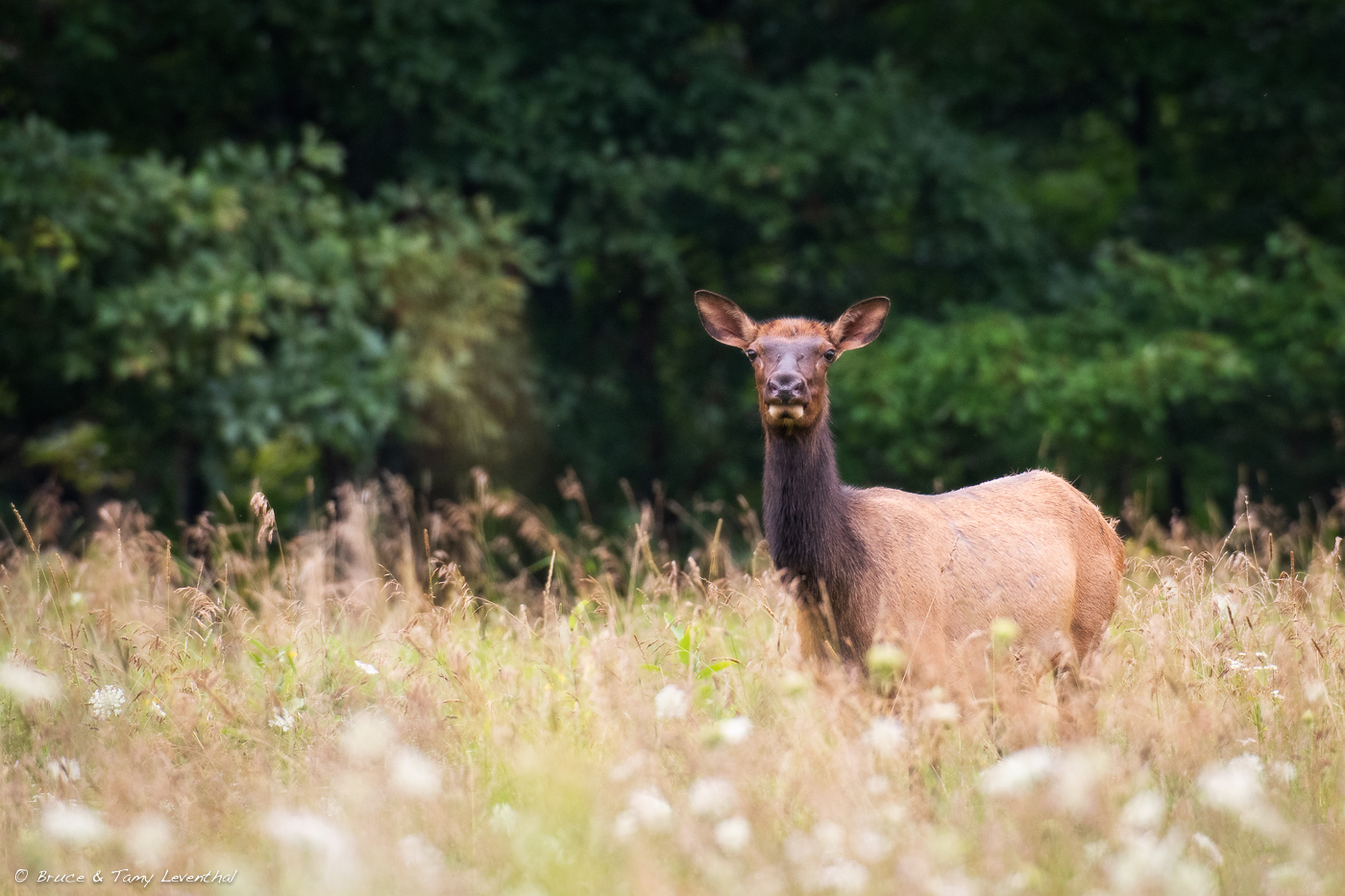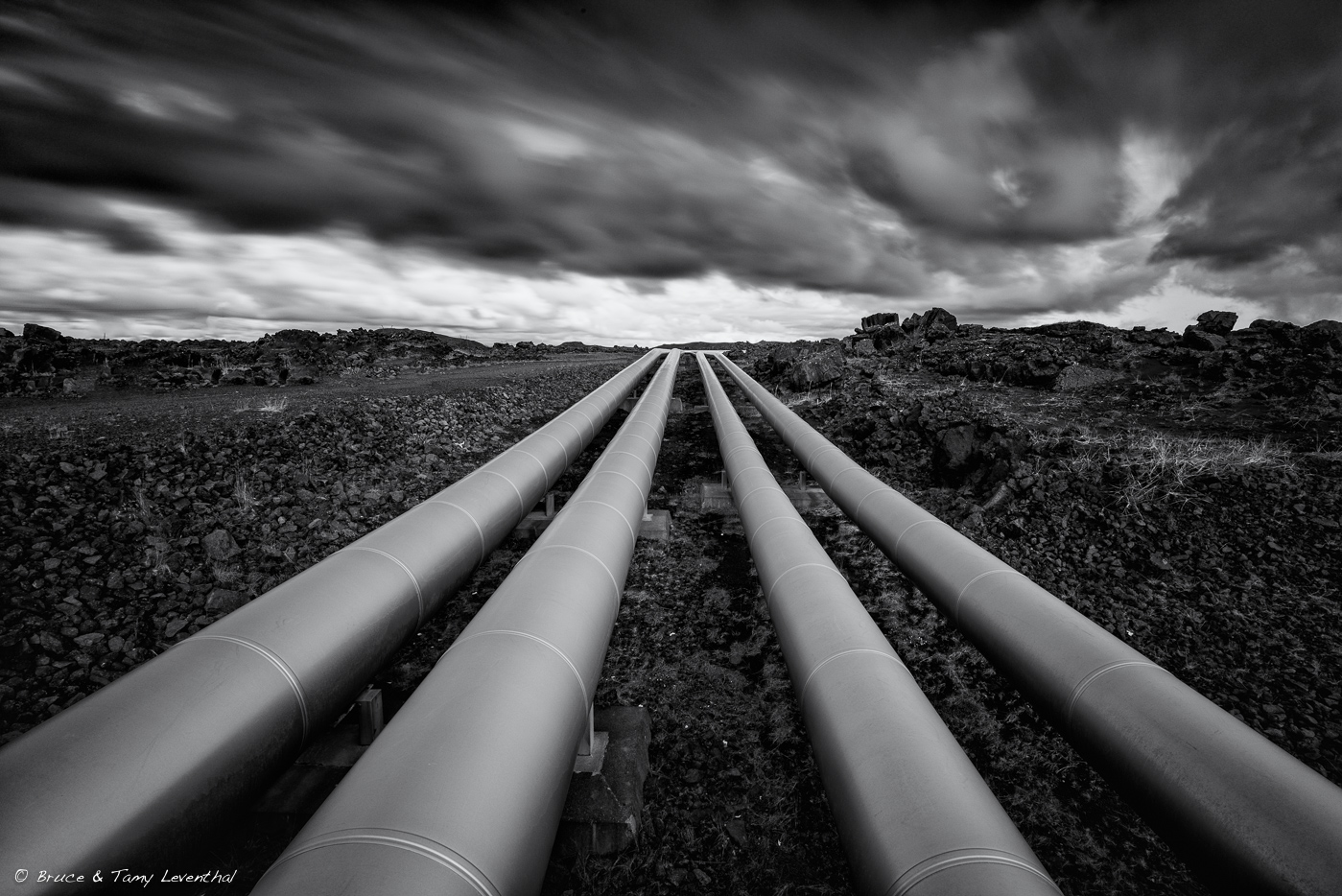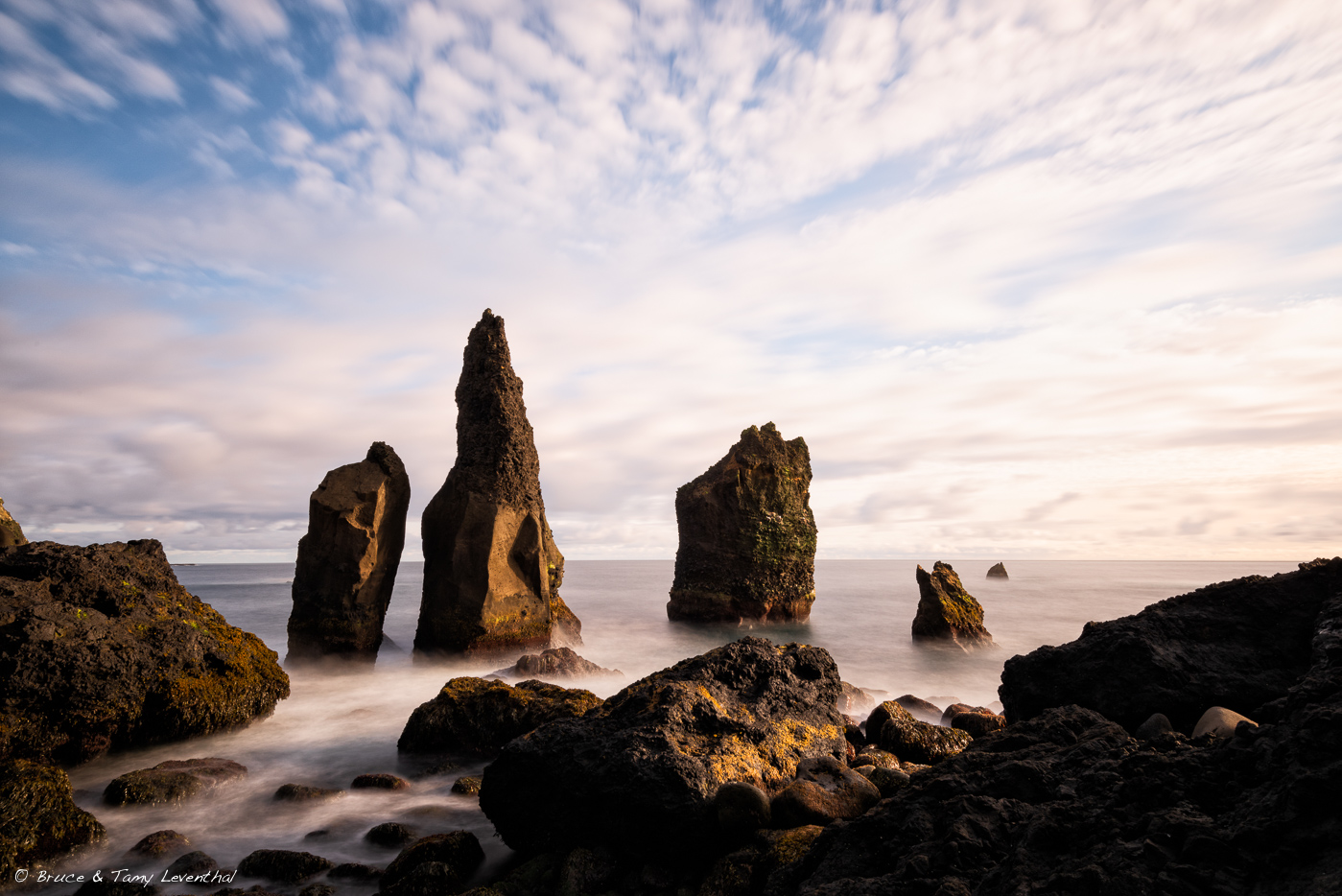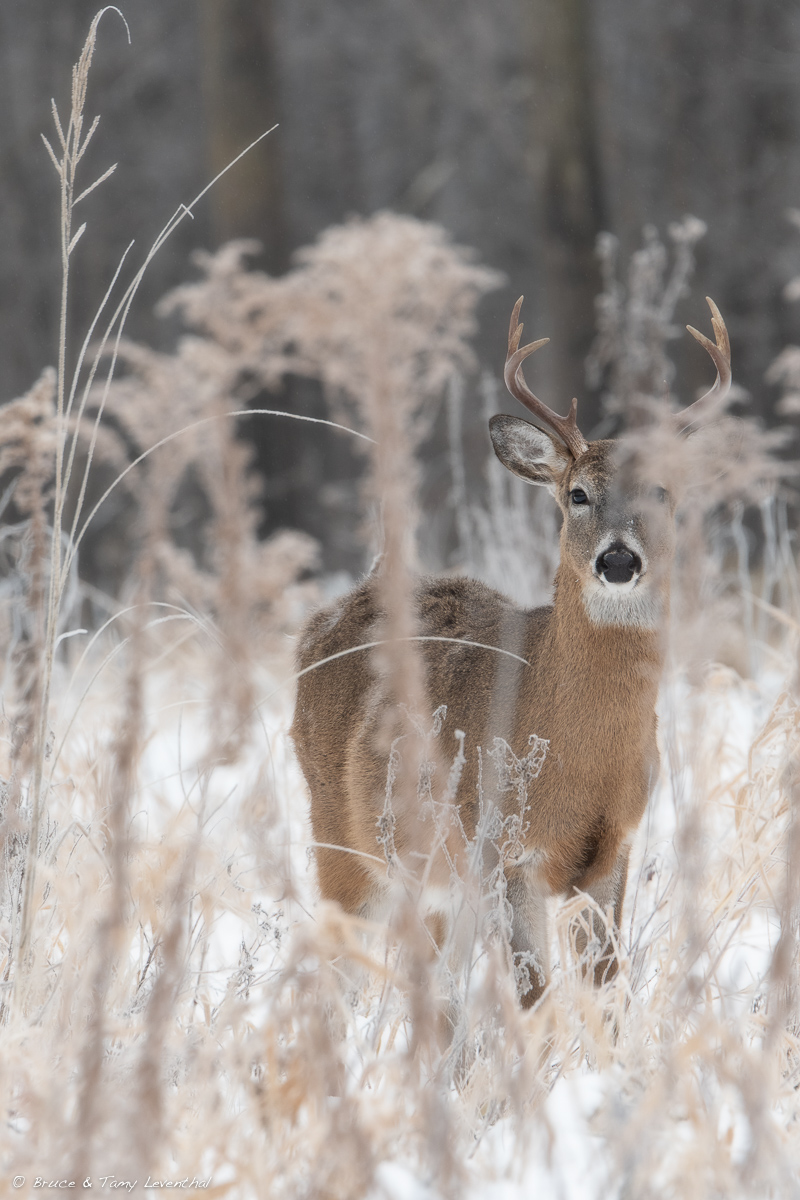This week’s blog is inspired by an online conversation I am having with another photographer. My colleague and friend has been taking photos of nature for nearly a decade, and inquired about increasing his sales and profile in the field. I’ve found that many of my fellow nature shooters believe that their photographs are a commodity that has value and can be monetized. While making an income in photography is a legitimate career, the capacity to generate a sustainable salary has become increasingly difficult. During this discussion with my friend and others on a photography forum, I shared the following thoughts…
Albino Doe - MN
About 25 years ago, I almost left my career in teaching to become a professional nature photographer. I had been teaching for about 5 years and barely made $28K/yr, while my modest photography stock portfolio was making about $5k/year. I did the bare minimum for self promotion and marketing, and relied on a stock agency to market and profit from our shared relationship. I was pushing about 300 new pictures to the agent annually, and this averaged to about one photo for every roll of film shot. Because I was relatively uninvolved with the business side of things, I reasoned that if I spent less time preparing biology lessons, grading student work, and working 9 hour days, I'd have more time for photography, more time to write, and more time to cultivate a thriving nature imaging business.
Screech Owl Hiding in Plain Sight - TX
25 years later, I'm glad that I decided to play it safe and stick with my career as a teacher, feeding my passion for nature photography through avocation rather than vocation. When I was contemplating a career move, digital photography was an idea, something relegated government work and lab experiments, it was not a viable medium for photographic artistic expression. Prior to 2002, digital cameras were slow, produced low resolution files, and frightfully expensive. Furthermore, the internet was in its infancy, and images were not as free and easy to access as they are today.
Lake Superior - North Shore, MN
As has been discussed ad nauseam digital imagery and the expansion of the free World Wide Web killed the magazine and newspaper market, and thus destroyed many careers in photography. During the film era, Nature photography was a legitimate commodity because it required months to conceive an image and actually get a marketable shot. In the 1980’s I was doing research in the Pribilof Islands in Alaska, and was asked to document the landing of a thick-billed murre on its nest. I had access to a manual focus Nikon F2A and 500mm mirror lens to do the work. The set up took almost a day to conceive, and I needed to work from a blind to get the shot that I was seeking. Throughout the process, I shot multiple rolls of slide film, and most of the photos stunk for a wide variety of reasons. It is work and effort like this that made National Geographic Magazine a coveted keepsake, and their photographers treasures of the photo-journalistic world. In contrast to my efforts in the 80’s, I could fly to the Pribilof Islands today, and get the shot that took days in about 15 minutes (or less) with my current camera gear.
White Pelican - St. Croix River, MN
The photography we do used to be of great interest to magazine publishers, but with the easy access to exotic destinations (seems like everyone's gone to Svalbard these days), the better computer-based cameras, and less knowledge required to get a good picture, the images we make today are cheap and lack real monetary value. While the photos produced by nature photographers are better than ever, the pictures are essentially worthless. The real value in nature photography is in the experience of being there and enjoying the moment. The joy resides in making these images and recording a brief moment in time, while the experience is priceless. To put an exclamation mark on this thought, consider the following…
Coyote and a Mutual Surprise - St. Croix River, WI
I just lost my wife of 32 years to a neurodegenerative disease. She was 56 and I am 58. She enjoyed photography, nature travel, and wildlife as much as I do. We've been to Africa twice, Iceland twice, Costa Rica 10 times, throughout British Columbia and Alberta more times than I can remember. What sticks with me today is not the money I’ve made through publications, contests, or print sales; it is the memory of making the pictures with her, the solitude of these moments, and the feeling of being one with nature.
Get out their and experience the light… bruce
©2000-2023 BTLeventhal.com / Bruce Leventhal. All rights reserved. No image on this site may be used without permission.






